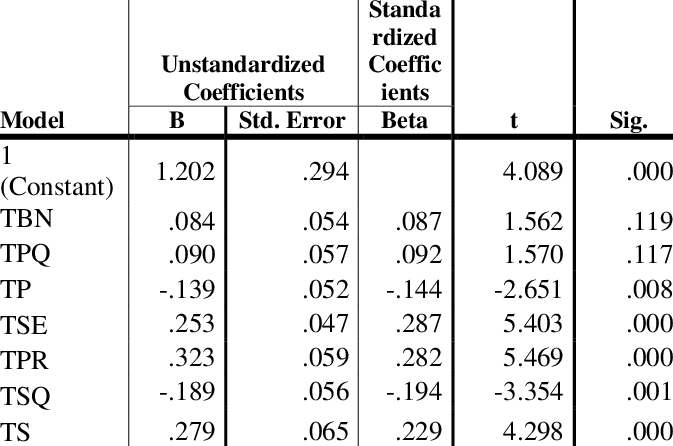FMP
Beta: A Comprehensive Guide to Unlevered Beta and Levered Beta
Nov 10, 2023(Last modified: Sep 09, 2024)
Beta is a fundamental concept in finance that measures how sensitive a security or portfolio is to market movements. Whether you're an investor assessing risk or a financial analyst valuing companies, beta plays a crucial role in determining how much an asset's returns are likely to fluctuate in comparison to the broader market. In this guide, we'll explore the difference between unlevered (asset) beta and levered (equity) beta, and how each can provide valuable insights into the risk and performance of an investment.
Unlevered Beta
Unlevered beta, also known as Asset beta, is the beta of a company's underlying assets, without considering the impact of debt. It is calculated by measuring the volatility of the company's stock price relative to the market, while holding the company's debt constant.
Unlevered beta is a more accurate measure of the company's fundamental risk, as it is not influenced by the company's financial structure. It is also a more useful measure for comparing the risk of different companies, as it removes the impact of debt.
Levered Beta
Levered beta, also known as Equity beta, is the beta of a company's equity, taking into account the impact of debt. It is calculated by multiplying the company's unlevered beta by its capital gearing ratio.
Capital gearing ratio is a measure of a company's financial leverage, or the amount of debt it uses to finance its operations. A higher capital gearing ratio indicates that a company is more leveraged, and therefore its equity beta will be higher than its unlevered beta.Levered beta is a more useful measure for investors who are considering investing in a company's equity, as it takes into account the impact of debt on the company's risk.
Image:
No. Asset beta (or unlevered beta) should typically be lower than equity beta (or levered beta).
Because equity beta includes the effects of leverage, it reflects the additional risk that debt brings to the equity holders. More debt increases the risk to equity holders, pushing equity beta higher. Asset beta, on the other hand, strips out this leverage effect, representing the pure operational risk of the business.
The relationship between unlevered and levered beta can be expressed by the following formula:
Levered Beta = Unlevered Beta * (1 + (Debt-to-Equity Ratio * Cost of Debt - Risk-Free Rate))
This formula shows that levered beta is always greater than or equal to unlevered beta. The higher the company's debt-to-equity ratio and cost of debt, the higher its levered beta will be.
Implications for Investors
Investors should be aware of the different types of beta and how they are calculated when making investment decisions. Unlevered beta is a more accurate measure of a company's fundamental risk, while levered beta is a more useful measure for investors who are considering investing in a company's equity.
Investors should also be aware that levered beta can increase significantly during market downturns. This is because the value of a company's equity can fall more sharply than the value of its underlying assets during a downturn.
Conclusion
Beta is a key measure of risk in finance. It helps investors understand and quantify the risk associated with different investments. Investors should be aware of the different types of beta and how they are calculated when making investment decisions
WACC vs ROIC: Evaluating Capital Efficiency and Value Creation
Introduction In corporate finance, assessing how effectively a company utilizes its capital is crucial. Two key metri...
BofA Sees AI Capex Boom in 2025, Backs Nvidia and Broadcom
Bank of America analysts reiterated a bullish outlook on data center and artificial intelligence capital expenditures fo...
Pinduoduo Inc. (PDD) Q1 2025 Earnings Report Analysis
Pinduoduo Inc., listed on the NASDAQ as PDD, is a prominent e-commerce platform in China, also operating internationally...


